Some elements on SRF.ch only work with JavaScript activated.
Contents
Looking at the sky on Sunday evening was worth it. Shortly after 6 p.m. and again after 8 p.m. you could marvel at the northern lights with the naked eye.
After the northern lights were seen from Switzerland on the night of September 25th, yesterday you could once again marvel at the reddish lights in the Swiss sky. Statistically, there are only about one percent of nights where the Northern Lights appear over Switzerland. We’ll have this more often in the next five years. Since sunspots are now increasingly appearing at the solar equator, coronal mass ejections (CME) will come towards Earth more often and thus the chance of northern lights will also increase.
The background
During solar storms, particles are thrown away from the sun and reach space as the so-called solar wind. When the solar wind hits the Earth, the particles are deflected to the poles by the Earth’s magnetic field. The charged particles from the sun stimulate the molecules in the Earth’s atmosphere. These then emit colored light, which we see as northern lights. Northern lights are called Aurora Borealis in the north and Aurora Australis in the south. Here they are only very rarely observed.
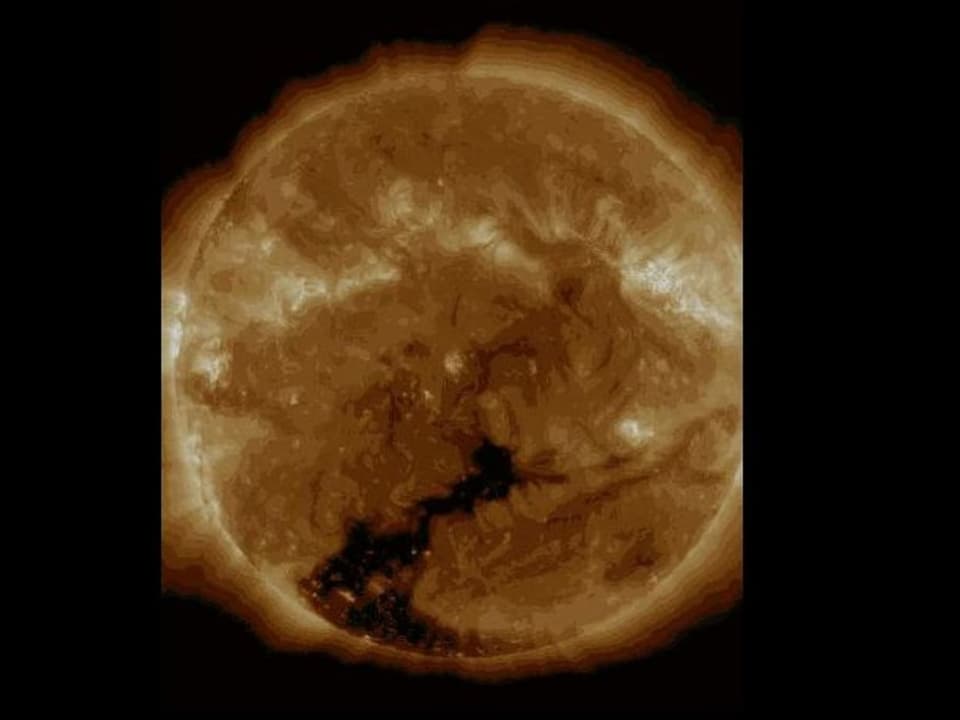
Legend:
The black zone is the coronal hole from February 15, 2016
NASA
How are the different colors created?
Different gas molecules are responsible. Our atmosphere consists primarily of oxygen and nitrogen. Radical oxygen emits red light, usually at an altitude of 200 km. Further down in the atmosphere, at an altitude of around 100 km, the excited oxygen molecules increasingly meet other particles: the light turns green. Yesterday’s northern lights were even better visible than at the end of September. This was due, among other things, to the strong solar wind. Yesterday evening it was traveling at times over 500 km/s (per second!) and contained around 30 particles per cubic centimeter.
Radio SRF1, Meteo, November 6th, 2023, 6:50 a.m
Most read articles
Scroll left
Scroll right
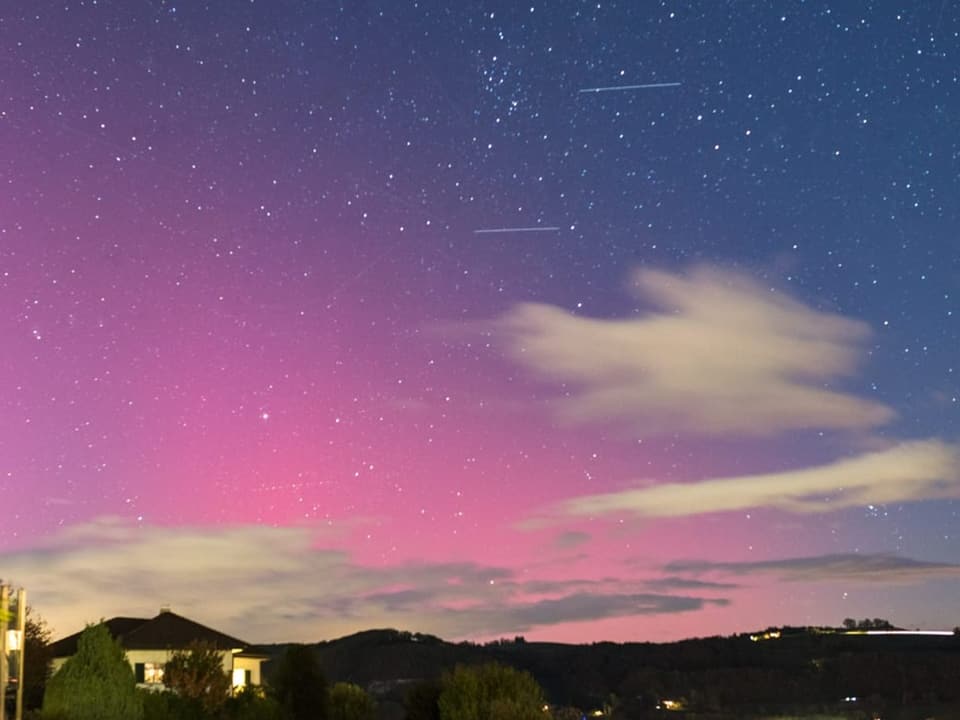
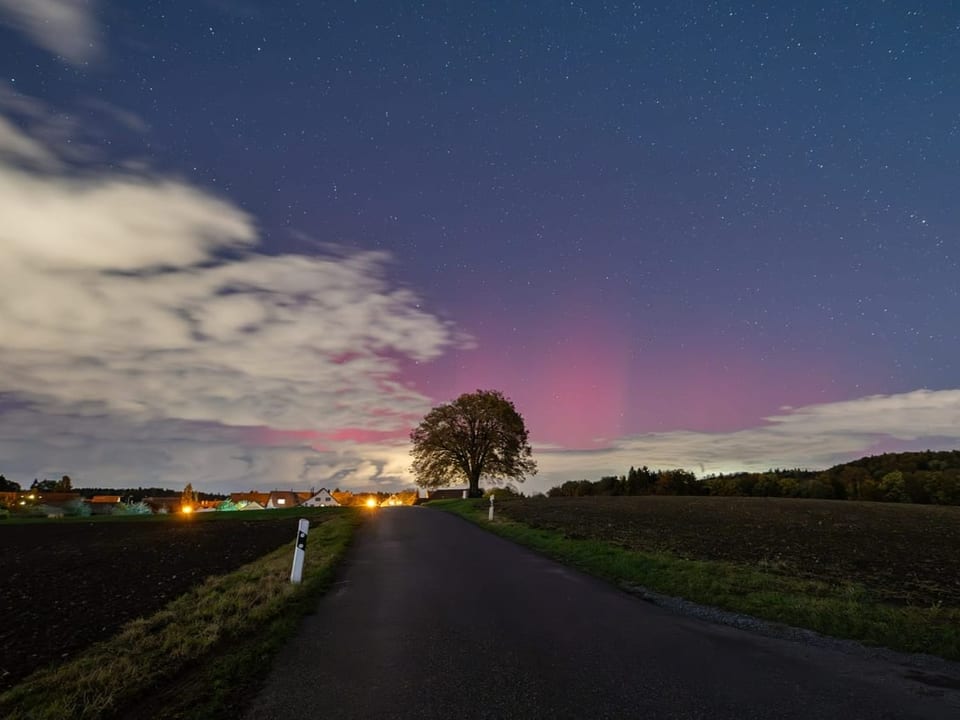
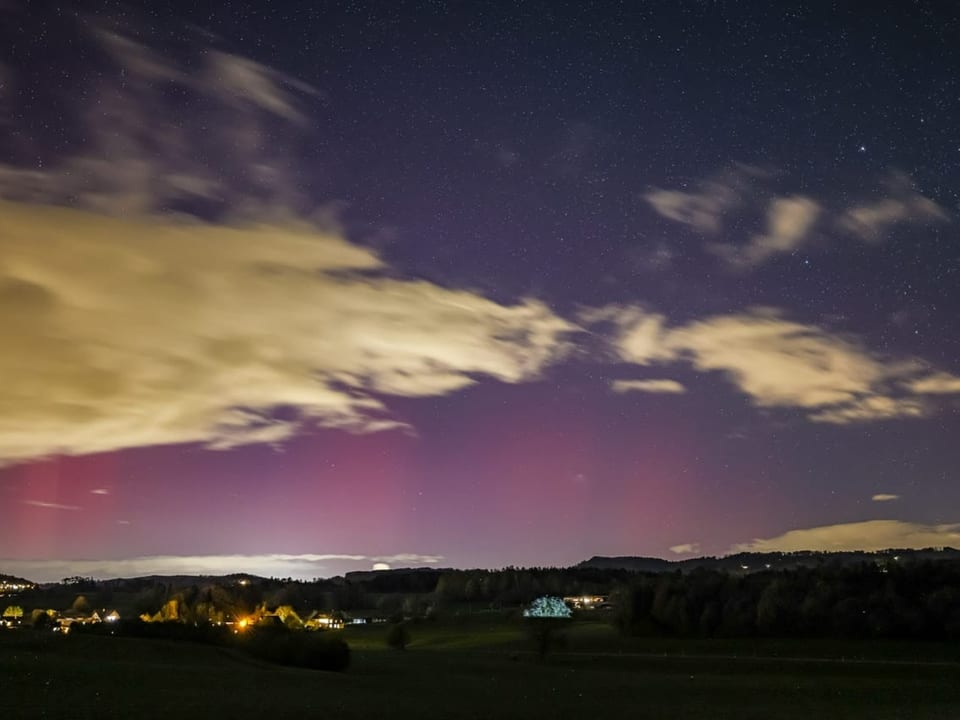
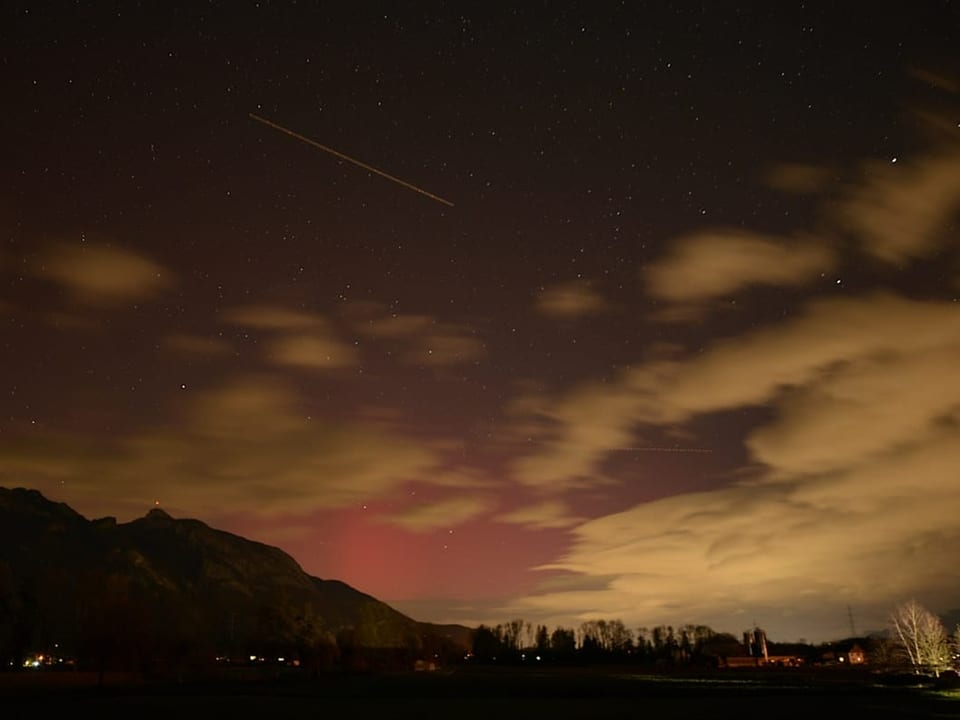
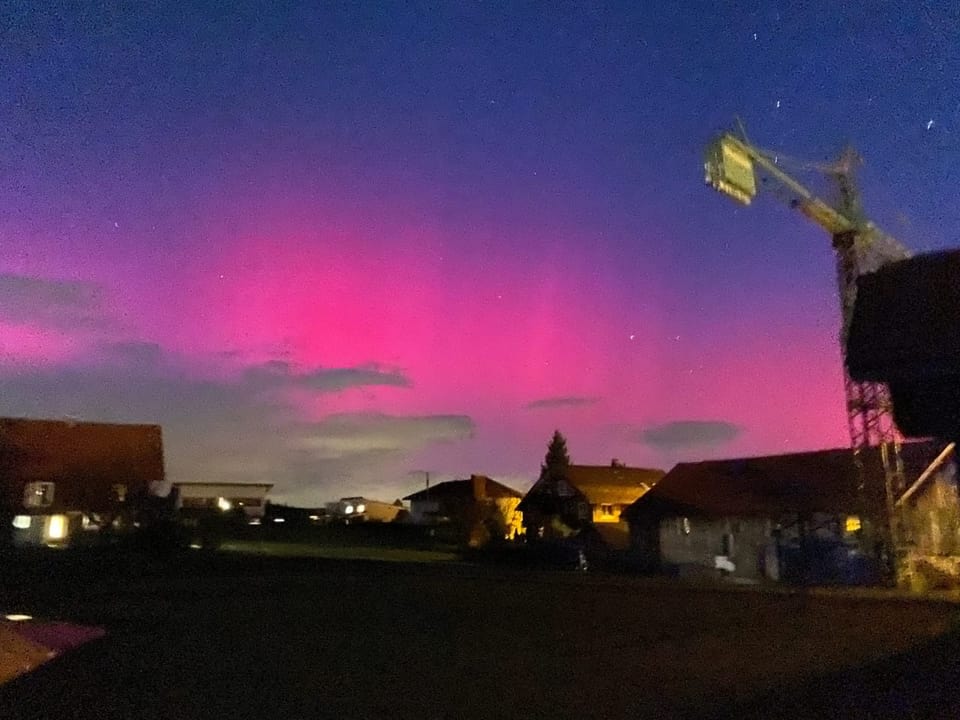
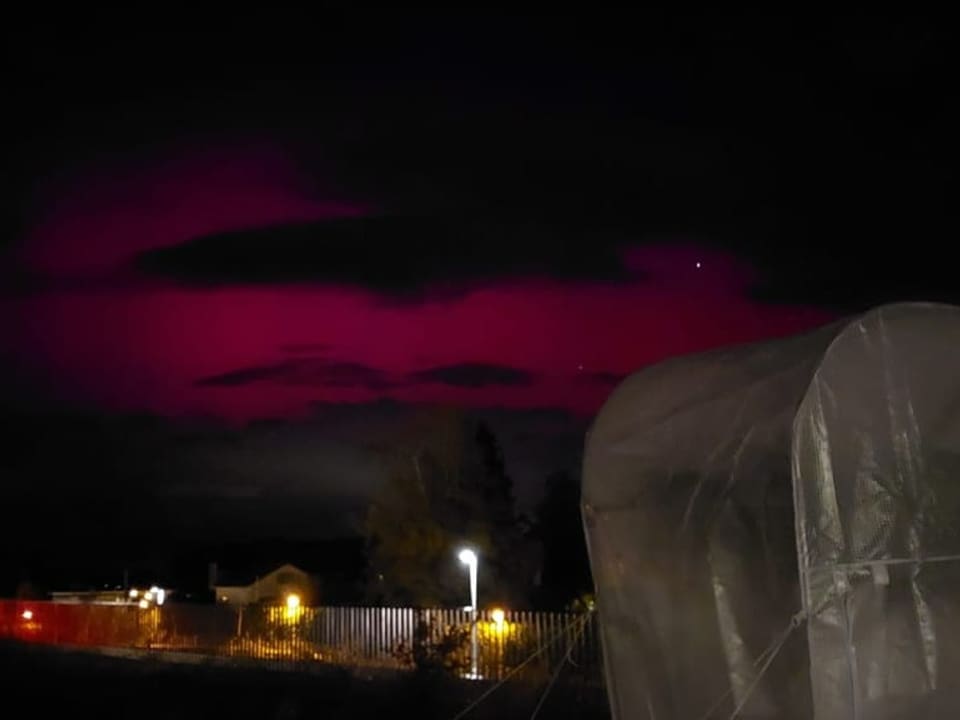
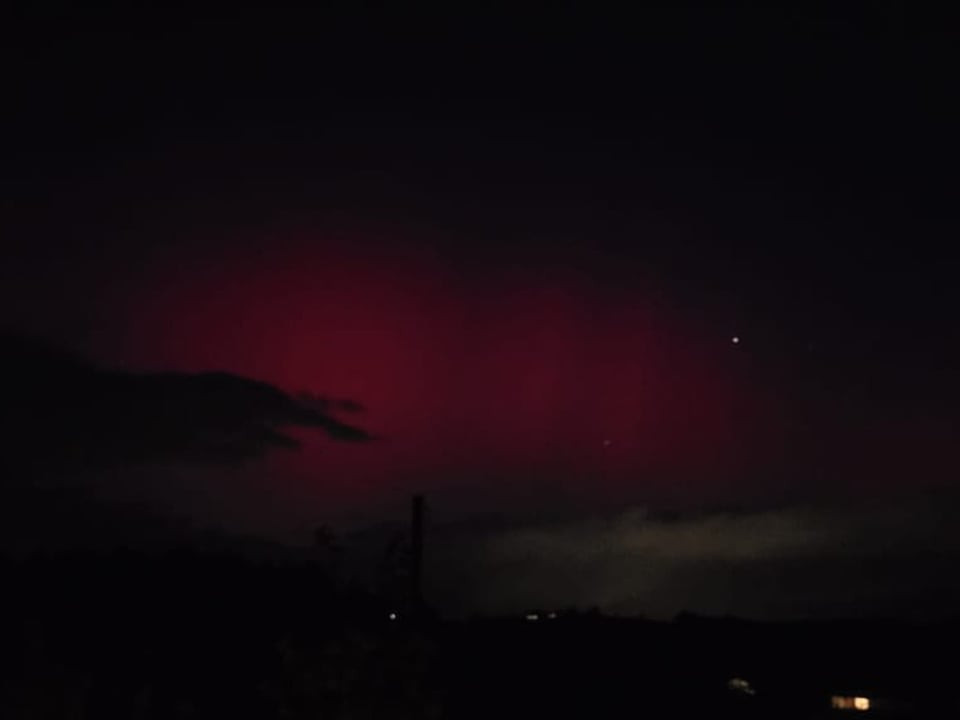
Social login
For registration we need additional information about you.
* #socialRegistrationForm * * firstName * * lastName * * emailAddress * * displayName * * mobile * * addressCity *
*/socialRegistrationForm *